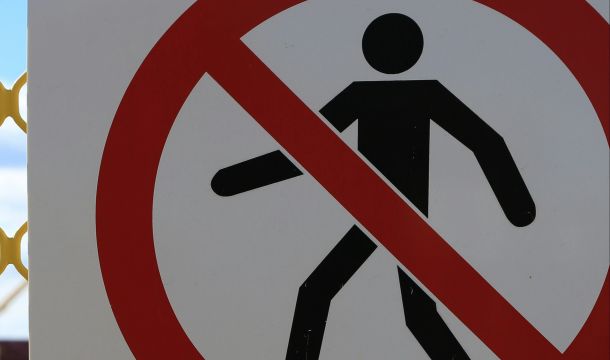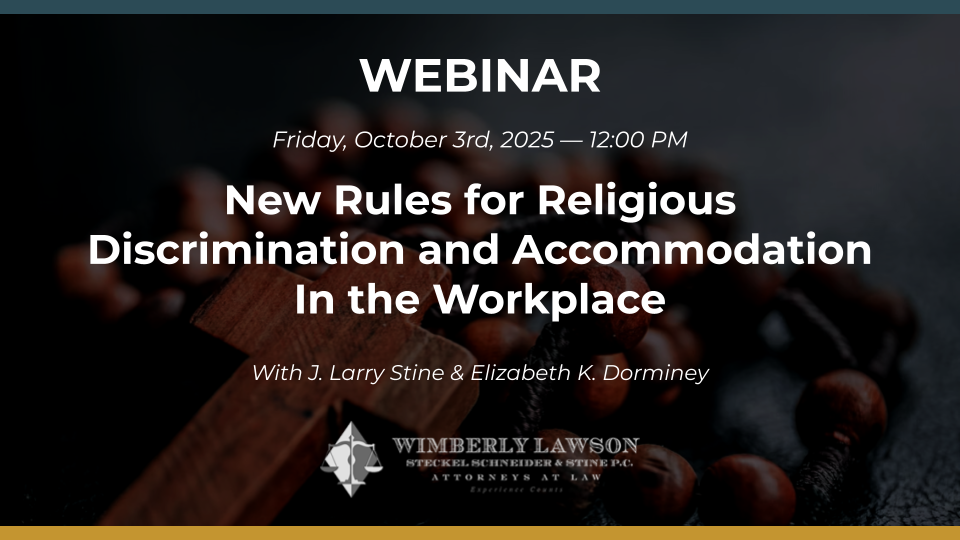Numerous employers and some studies suggest that many employees prefer government aid to a regular paycheck. Employers would agree that lower skilled workers are scarce right now and many jobs remain unfilled. Multiple sources indicate that some workers are turning down offers in lower wage occupations because their stimulus checks and jobless benefits pay their bills.
Indeed, some report that some of their workers have actually walked off production lines the minute upon learning their benefits or payments have been received. Kiplinger’s report of April 16, 2021 agrees with these conclusions. Even though the federal unemployment supplement has been trimmed to $300.00 a week, and extended through September 20, 2021, the University of Chicago reports that “42% of workers are making more than their pre unemployment wage.” And these analyses do not include food stamps, rental assistance and other government help that may be available to the unemployed, or the stimulus payments that have been made. The first $10,200.00 in unemployment compensation is even tax exempt. University of Chicago economist Casey Mulligan estimates that as a direct result of the federal government’s $300.00 enhanced unemployment benefit, between three million and five million fewer people are currently employed. Approximately23 states have recently announced that they would no longer accept the "free" federal supplemental unemployment benefit program that provides an additional $300 a week because it has become such a disincentive to work.
A report from the April 10-16 edition of the Economist indicates that working offers a measure of economic security and dignity, that being out of work never can, and makes the next job easier to get. A paper published by three economists in 2015 came to the conclusion that the American jobs boom coincided with reform movements to make unemployment benefits less generous, demonstrating that the one had caused the other, with the benefit reductions leading to the creation of 1.8 million extra jobs in 2014. Thus, too lavish welfare benefits can discourage work and cutting them make people look harder for a job. Former Treasury Secretary and Obama Administration Economic Director Lawrence Summers states: "Respectfully, I think it is close to self-evident that the fact that people are being paid more to stay at home than they would be to work - in millions of cases - is reducing the available supply of labor."
President Biden recently stated that in response to complaints from employers on the worker shortage, he would advocate that workers cannot turn down suitable job offers and still get unemployment benefits. Some employers are making such offers to their former employees in this regard. Notably, the number of vacancies exceeds hires by more than two million, the largest gap on record, as employers report government payments are incentive for some people to avoid work just at the time employers are struggling to find labor.
One country, however, is often hailed as coming up with a middle ground, Denmark, a country considered a role model by no less than Senator Bernie Sanders. Although Danish unemployment benefits are higher than those of other countries in the industrialized world, that country has found a way to reduce unemployment despite the high benefits. Denmark makes it very hard for persons to stay on welfare. Recipients of unemployment compensation must submit a CV to a coach within two weeks of becoming unemployed, and they can be taken off the unemployment benefits rolls for not trying hard enough to search for work or to keep up with training programs. The example of Denmark suggests that while simply boosting benefits may discourage employment, investment in training, monitoring and enforcement of the rules for those out of work may result in a higher standard of living as well as favorable unemployment patterns.
Unfortunately, the unemployment and welfare benefit programs instituted in recent years in this country seem to be going the other direction by reducing the work requirements as a condition for welfare benefits. This approach may turn out to be very shortsighted by encouraging long-term unemployment.
This is part of our June 2021 Newsletter.
Click here to download the newsletter PDF
Related Content
Get Email Updates

New Rules for Religious Discrimination and Accommodation In the Workplace

TPS Update (as of 9/3/2025)

DOL To Shut Down OFCCP and Transfer Duties to EEOC

Meaning of Supreme Court Ruling Limiting Nationwide Injunctions in Birthright Case

In Spite of Adminstration Changes, Monitoring of the Workplace Continues to Create Legal Issues




